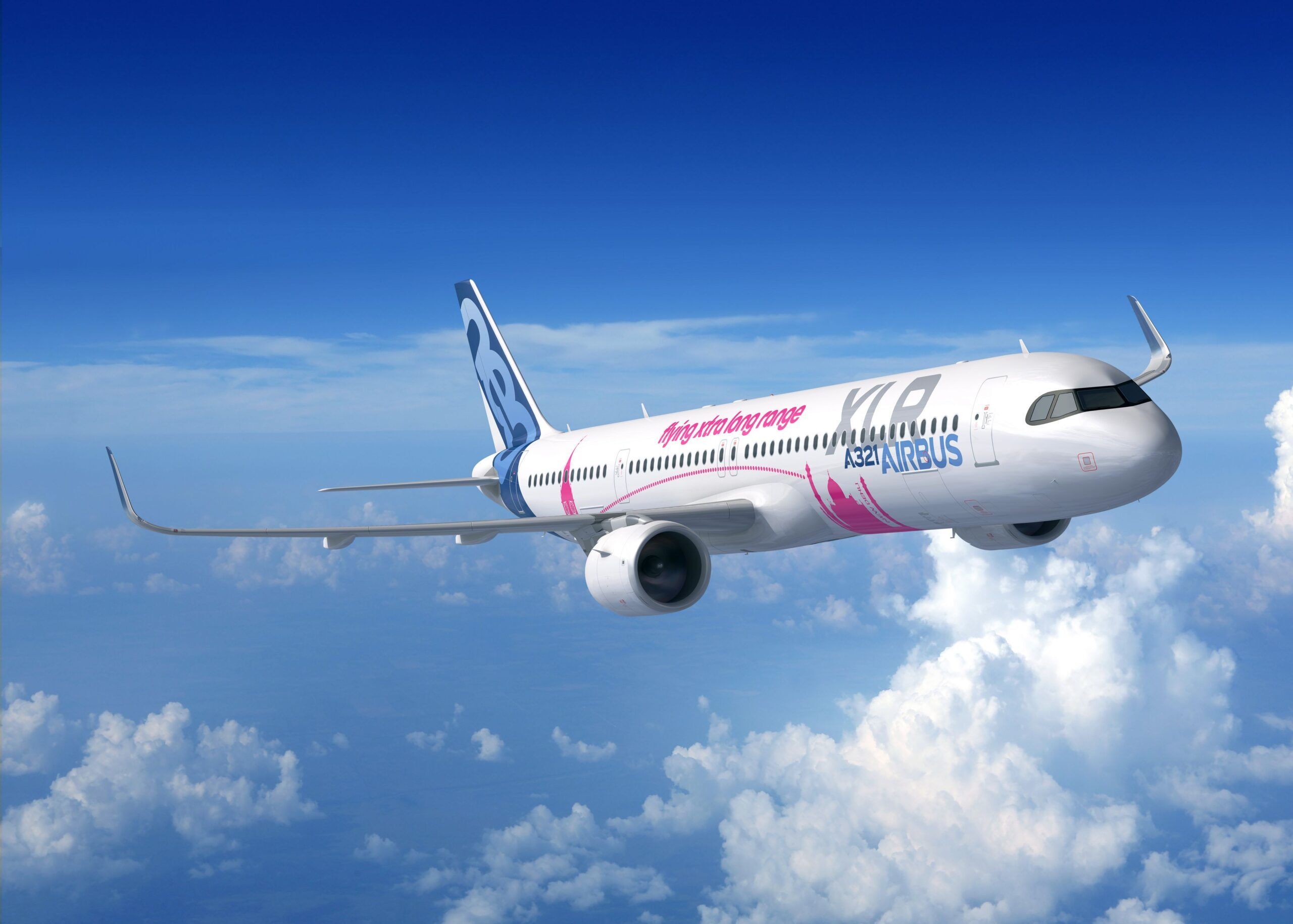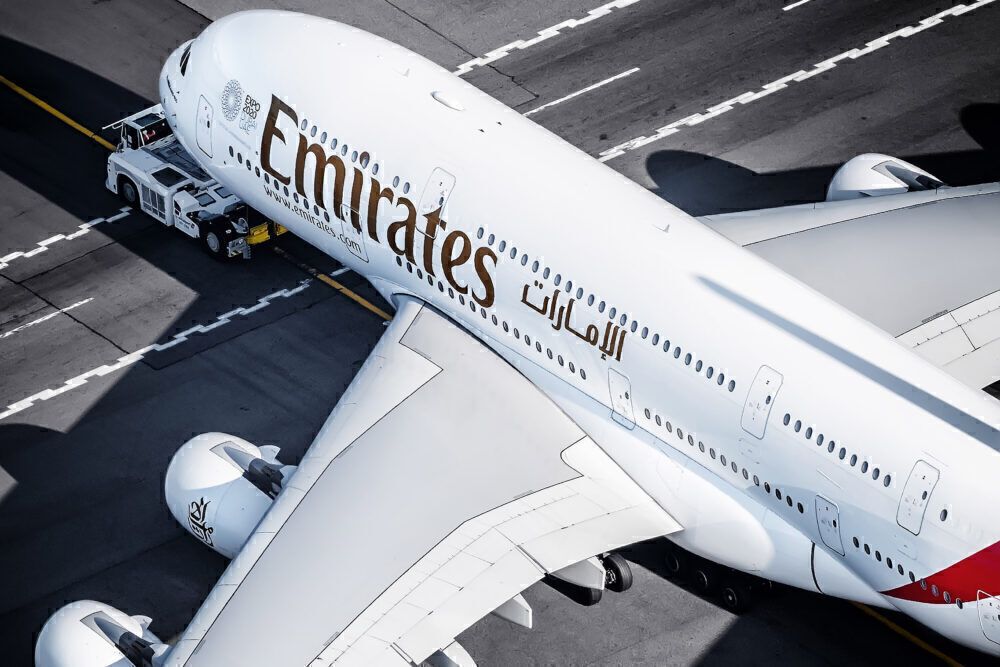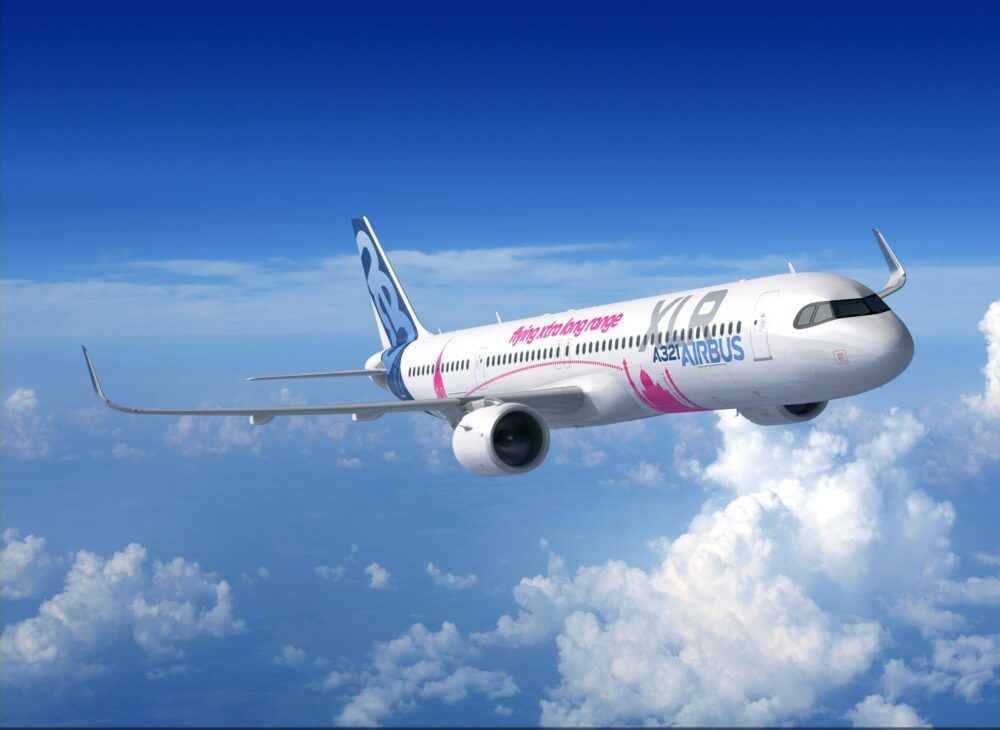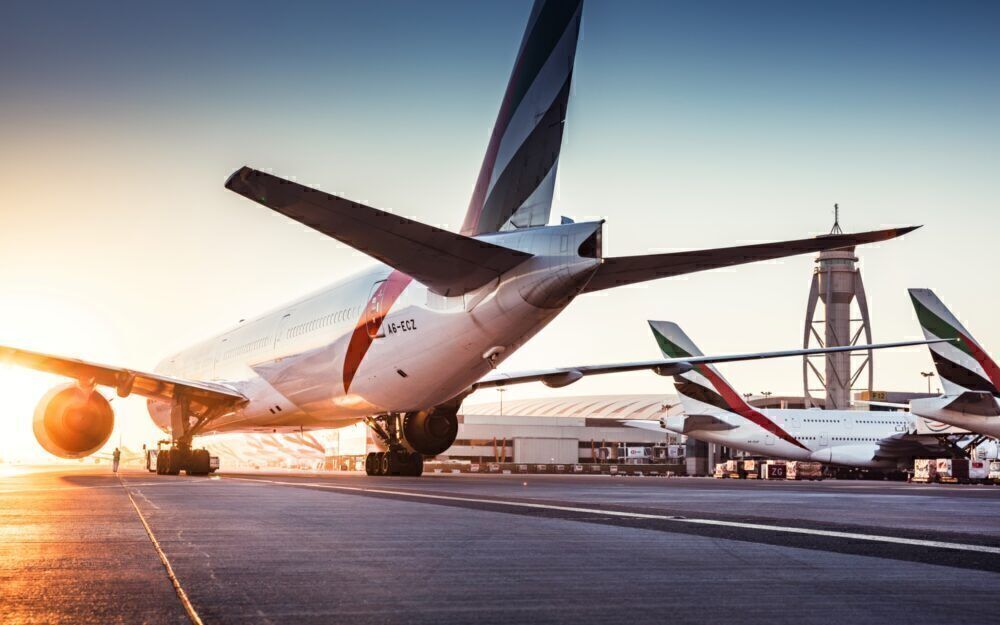For an airline like Emirates which has grown up on hub and spoke, the rise in long-haul narrowbody planes could be seen as a threat to this business model. Aircraft like the A321XLR will open up more opportunities for airlines to operate point to point, undermining the traffic on hub airline routes. In an exclusive interview with Simple Flying, Emirates president, Sir Tim Clark, admits that the XLR will challenge the hub and spoke model, but doesn’t see it as a threat to Dubai.
Point-to-point is a challenge
Even before the COVID crisis, aviation industry pundits were forecasting the death of the hub and spoke model. As low-cost challengers rose up and aircraft became more efficient, airlines found ways to create new opportunities, capitalizing on otherwise unserved or underserved routes. Some predicted that this was the future of the industry, and that the hub model was outdated.
However, for airlines like Emirates, hub and spoke has remained its bread and butter. In an exclusive interview with Simple Flying, Sir Tim Clark, President of Emirates, noted that point to point is still very challenging on some routes, if workable at all. He said,
“The notion that you would have twins flying for instance from Washington to Dar es Salaam in Tanzania, and would carry sufficient passengers on that fight on a non-stop basis to make money is a challenge, I would say.
“It is far simpler to fly from Washington to Dubai on a 380 and within two hours get to Dar es Salaam, to make the connection and be there. That Dar es Salaam flight will be fed from 30 or 40 other flights, so if I can get ten people on each, you can see the math.”
The narrowbody threat
Sir Tim did admit that the hub model is not for every airport and route. He noted that the rise in exceptionally capable long-range narrowbodies could certainly see an uptick in point-to-point activity. Clark commented,
“When you get into the 321XLR and the 737 MAX 8s, 9s and 10s, there will be a lot more of it [point-to-point flying]. But does that mean that the hub for the long-haul medium-haul is over? No, I don't think so.”
Already, airlines are laying plans to fly narrowbody aircraft on longer and longer routes. Canadian carriers have schedules in place to cross the Atlantic with the 737 MAX, while JetBlue will bring its A321LR to London from Boston and New York before the end of the summer.
With aircraft like the XLR in the industry’s future, the potential for ever longer and more ambitious routes with these nimble jets is increasing. However, Emirates will remain a hub and spoke operation, with no plans to incorporate narrowbody operations in the foreseeable future.
Hub and spoke is not over
Despite the threat of rising point-to-point activity spurred by the new technology narrowbodies, Clark doesn’t believe this will affect him in Dubai. While around him airlines may begin opening new routes that leverage the benefits of these smaller planes, he is confident that his hub will stay, and will continue to flourish and grow. He said,
“I don't share the view that the hub and spoke model is over. I think the medium-long-haul hub that we have here is definitely one that will retain and grow over time.”
Do you agree with Sir Tim that hub and spoke remains as strong as ever? Let us know in the comments.




